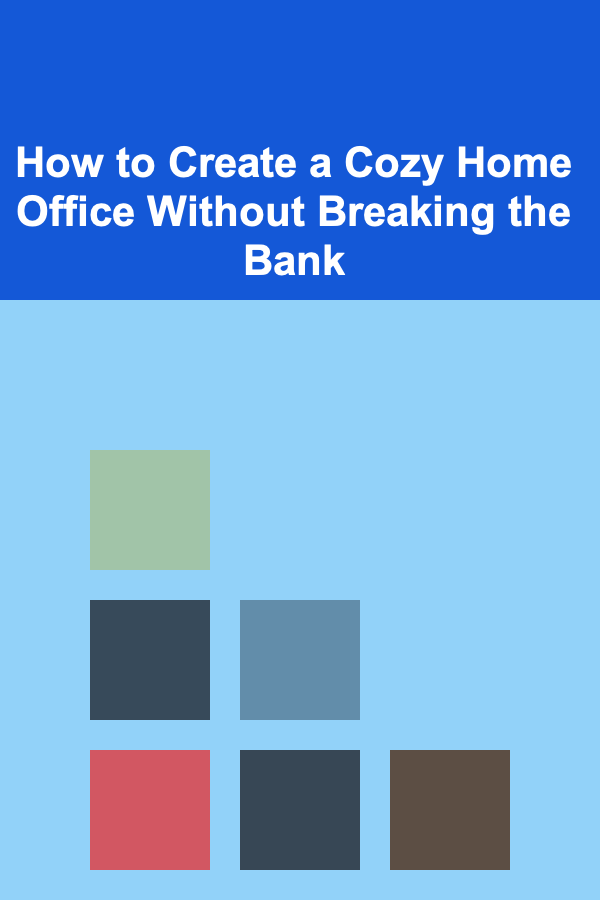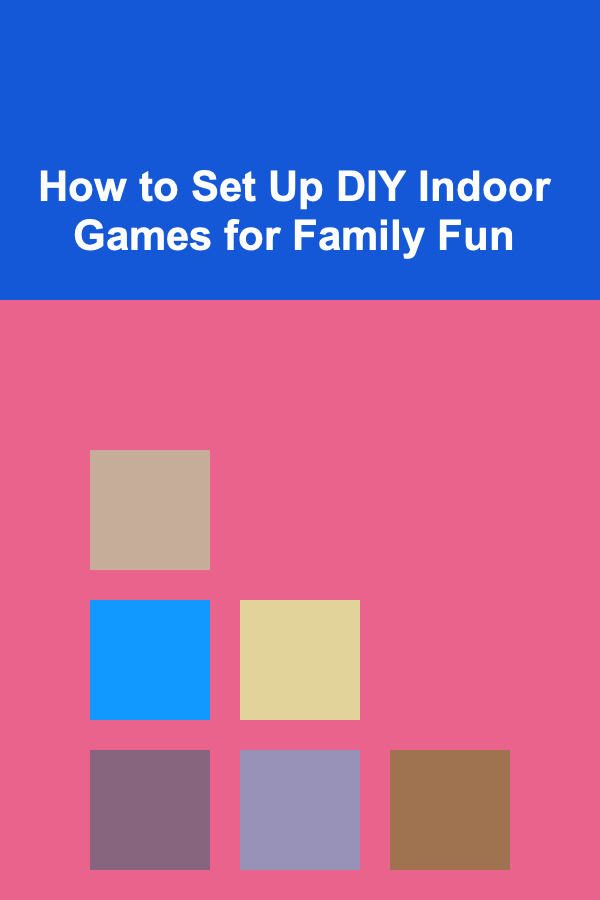
How to Solve Rubik's Cube: Beginner to Advanced Techniques
ebook include PDF & Audio bundle (Micro Guide)
$12.99$8.99
Limited Time Offer! Order within the next:
Not available at this time

The Rubik's Cube, a puzzle that has captivated the world for decades, is known for its challenge and the satisfaction it provides once solved. Whether you're a beginner trying to solve it for the first time or an advanced solver looking to refine your skills, understanding the methods and strategies behind solving the Rubik's Cube is essential. This article will take you on a comprehensive journey from beginner to advanced solving techniques, offering step-by-step instructions, tips, and strategies that will help you become proficient in solving the cube.
Understanding the Basics of the Rubik's Cube
Before diving into solving methods, it's important to understand the structure and terminology of the Rubik's Cube.
The Rubik's Cube is a 3x3x3 puzzle consisting of 26 smaller squares, made up of 6 center pieces, 12 edge pieces, and 8 corner pieces. Each face of the cube is a 3x3 grid, and each face is a different color. The goal of the puzzle is to make each face of the cube one solid color, so that no matter how you turn it, the faces remain uniform.
Key Terminology
-
Face: The six large squares on the cube, each of which is a solid color (white, red, blue, orange, green, yellow).
-
Edge Piece: The pieces located between corners, each containing two colored stickers.
-
Corner Piece: The pieces located at the corners of the cube, each containing three colored stickers.
-
Layer: A row of three pieces that span the entire width of the cube.
-
Turn Notation: Each of the 6 faces of the Rubik's Cube is denoted by a letter. These letters represent the clockwise rotation of that face:
- U (Up)
- D (Down)
- L (Left)
- R (Right)
- F (Front)
- B (Back)
A prime (') after a letter indicates a counterclockwise turn of that face.
Beginner's Method: Step-by-Step Guide
The Beginner's Method, also known as the Layer-by-Layer method, is one of the most popular approaches for solving the Rubik's Cube. It's a simple method that breaks the puzzle into smaller, more manageable steps. Here's a breakdown of how to solve the cube using this method:
Step 1: Solving the White Cross
The first step is to create a white cross on the white face. This involves positioning the four white edge pieces around the white center piece, ensuring that the edge pieces are aligned with the center pieces on the adjacent faces as well.
- Locate the white edge pieces. These are the pieces that have white stickers, but also another color on the opposite side.
- Move the edge pieces into position around the white center, ensuring that the adjacent colors on each edge piece match the center colors of the adjacent faces.
- Check for alignment. The white edge pieces should not only be aligned with the white center, but the other color on each edge should also match the center pieces of the adjacent sides.
Step 2: Solving the White Corners
Now that the white cross is complete, you need to solve the white corners. This involves positioning the white corner pieces (which have three colors, one of which is white) into their correct locations in the white face.
- Locate the white corner pieces.
- Move the corner pieces to the bottom layer (if they are not already there).
- Position each white corner directly under the correct center pieces. For example, if the white corner has blue and red, the white corner should be placed below the blue and red center pieces.
- Use a sequence of moves (known as the "R U' R' U'" algorithm) to move the corner piece up to the top layer without disturbing the white cross.
Step 3: Solving the Middle Layer Edges
At this stage, the white face is solved, and the bottom two layers are ready for solving. The next step is to position the four edge pieces in the middle layer.
- Locate the middle layer edge pieces.
- Move the edge pieces into place without disturbing the solved white layer.
- Use the edge-cycling algorithms (such as the "U R U' R' U' F' U F" or "U' L' U L U F U' F'") to insert each edge piece into the correct slot in the middle layer.
Step 4: Solving the Yellow Cross
The yellow face is the last layer to solve. First, you need to create a yellow cross, just as you did with the white face.
- Identify the yellow edges and their current position on the cube.
- Use a sequence of moves (the "F R U R' U' R U R' U' F'" algorithm) to position the yellow edge pieces into place. You may need to repeat this algorithm multiple times until you have a yellow cross.
Step 5: Solving the Yellow Corners
After creating the yellow cross, you need to position the yellow corner pieces into their correct positions.
- Identify the unsolved yellow corners. These should be the pieces that have yellow stickers but are not in the correct place.
- Use the algorithm "U R U' L' U R' U' L" to cycle the yellow corners into their correct positions.
- Make sure that each yellow corner is in the correct spot, even if it's not yet oriented properly.
Step 6: Orienting the Yellow Corners
Now that all yellow corners are in the right place, you need to orient them so that the yellow stickers are facing upward.
- Position the cube so that a yellow corner is in the top-right corner of the front face.
- Use the "R' D' R D" algorithm (repeated 2-4 times) to orient the yellow corners correctly, keeping the other pieces in place.
- Repeat this step until all the yellow corners are oriented correctly.
Step 7: Finalizing the Cube
Once the yellow corners are oriented, the final step is to complete the cube by turning the top layer to align all the pieces correctly.
- Perform a few final moves to rotate the top layer and align the colors.
- Congratulations! You've solved the Rubik's Cube using the Beginner's Method!
Intermediate Techniques: F2L (First Two Layers)
As you become more comfortable with the Beginner's Method, you may want to start learning intermediate techniques, such as F2L (First Two Layers). F2L is a more efficient method of solving the cube that involves solving the first two layers simultaneously rather than layer by layer.
F2L Process
- Find the corner and edge pair that belongs in the first two layers.
- Insert the pair into the correct position in the bottom two layers using intuitive moves.
- Repeat this process for all four F2L pairs until the first two layers are solved.
F2L is faster and more efficient than the Beginner's Method, but it requires more practice and spatial awareness to execute well.
Advanced Techniques: CFOP (Fridrich Method)
CFOP (also known as the Fridrich Method) is one of the most popular advanced techniques used by speedcubers. It involves solving the cube in a more efficient way by breaking the process into four steps:
Step 1: Cross
This step is similar to the white cross step in the Beginner's Method. However, in CFOP, you aim to solve the cross more efficiently and plan the cross while solving the first layer corners.
Step 2: F2L (First Two Layers)
As in the intermediate stage, F2L is used to solve both the first and second layers simultaneously. However, in CFOP, it is done in a more optimized manner, using algorithms and fewer moves.
Step 3: OLL (Orientation of the Last Layer)
In this step, the goal is to orient all of the pieces in the last layer so that the top face is completely yellow. There are 57 different OLL algorithms, but with practice, you can learn to recognize and execute these moves quickly.
Step 4: PLL (Permutation of the Last Layer)
Finally, you permute the last layer to its correct arrangement without changing the orientation of the pieces. There are 21 PLL algorithms, but with practice, you'll be able to execute them quickly and efficiently.
Conclusion
Solving the Rubik's Cube may seem daunting at first, but with patience and practice, anyone can master it. Whether you're just starting out or looking to refine your skills, understanding the various solving methods---from the Beginner's Method to advanced techniques like CFOP---will help you become a more efficient and faster solver.
The key is persistence. As with any skill, the more you practice, the more intuitive solving the cube will become. So, start solving, and remember: each time you complete the puzzle, you're one step closer to becoming a Rubik's Cube expert!

How to Create a Cozy Home Office Without Breaking the Bank
Read More
How to Plan a Balanced Diet for Weight Loss
Read More
How to Plan a Family Painting Party at Home
Read More
How to Provide Advertising Design and Production Services: A Comprehensive Guide
Read More
How to Set Up DIY Indoor Games for Family Fun
Read More
Top DIY Home Improvement Projects That Add Value to Your Home
Read MoreOther Products

How to Create a Cozy Home Office Without Breaking the Bank
Read More
How to Plan a Balanced Diet for Weight Loss
Read More
How to Plan a Family Painting Party at Home
Read More
How to Provide Advertising Design and Production Services: A Comprehensive Guide
Read More
How to Set Up DIY Indoor Games for Family Fun
Read More